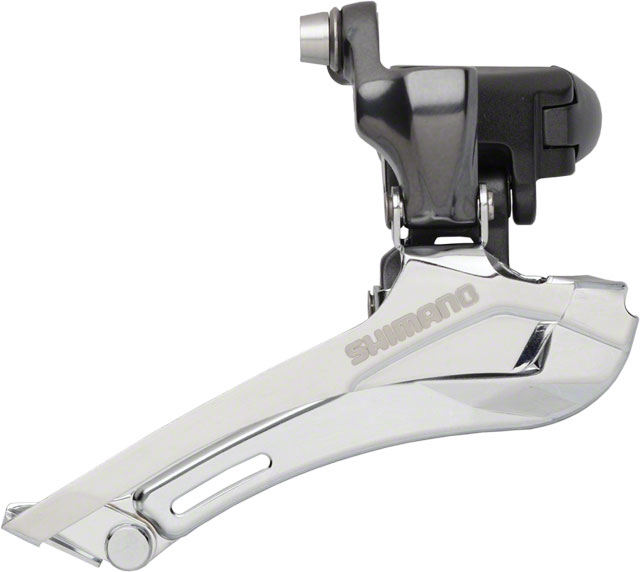Front derailleurs shift best when they are mounted as low down as is possible without having the cage foul the teeth of the chainrings. In particular, the bottom edge of the outer cage plate should be closely matched to the curvature of the largest chainring.
If you use a front derailleur with a larger ring than it is meant for, the rear of the cage will get too close to the chainring before the front of the cage is close enough to provide crisp shifting.
If you use a front derailleurs with a smaller ring than it is meant for, the front of the cage will get close to the chainring while the rear of the cage is still far away from it. This won't hurt shifting, but will require excessive "trimming" of the front derailer as you change gears at the back.
Mis-matched derailleurs/chainrings may be satisfactory with friction shifting, but will likely cause problems when used with indexed shifters, such as Shimano STI units.
If you have unusual gearing requirements, and are handy, you can re-shape the outer cage plate with a grinding wheel to match a non-standard large chainring.

![]()

